Are you curious about “Who Invented Espresso?“, let’s dive into the rich, caffeinated history of it. Imagine Italy in the late 19th century, a country brimming with a deep passion for coffee but frustrated by the slow brewing methods of the time. Enter a few innovative minds who revolutionized the way we enjoy our beloved brew.
This is the story of how espresso was born, from its humble beginnings in Italian cafés to becoming a global coffee phenomenon. Grab your favorite cup and get ready to explore the origins of espresso – the drink that changed coffee culture forever.
The Birth of Espresso
The story of espresso begins in the late 19th century in Italy, a country already renowned for its rich coffee culture. The invention of espresso is attributed to Angelo Moriondo, an Italian inventor from Turin. In 1884, Moriondo patented a steam-driven “instant” coffee beverage making device, which is widely regarded as the first espresso machine. This invention was a game-changer, setting the stage for the modern espresso machines we know today.
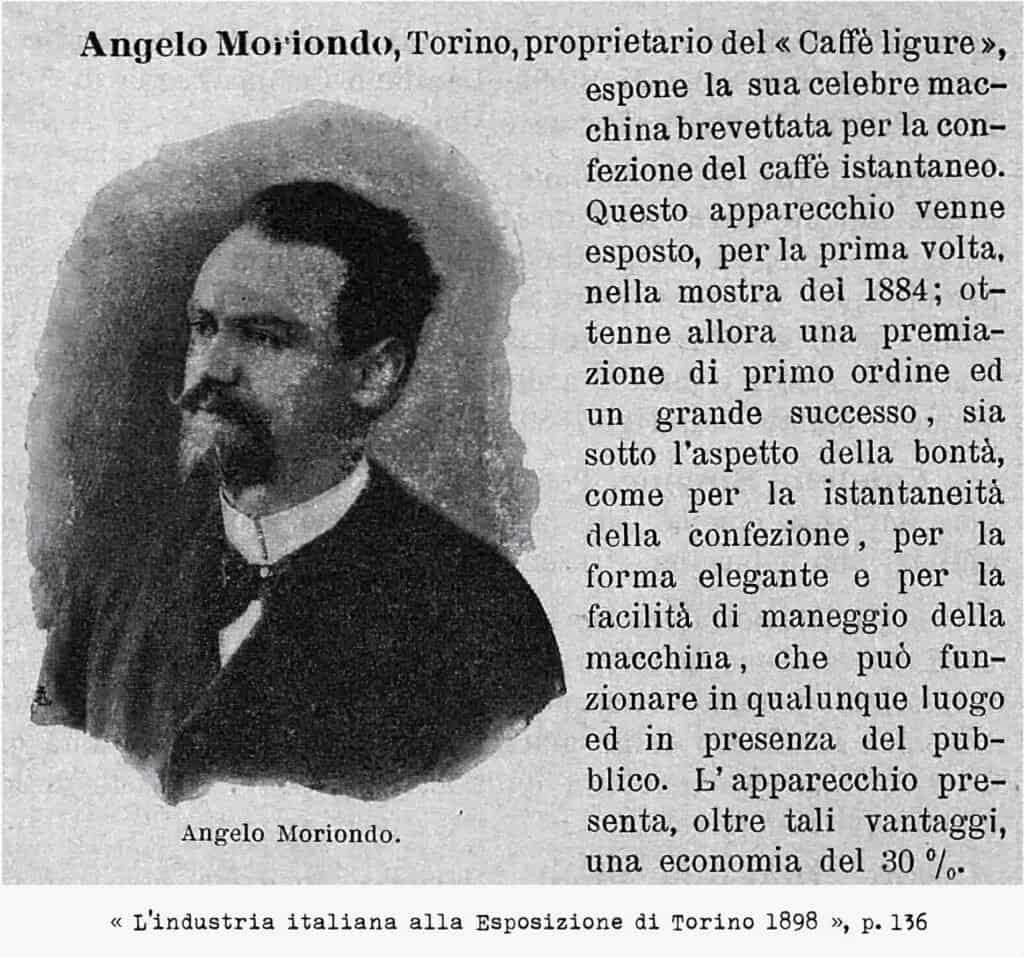
Historical Context
During the Industrial Revolution, there was a growing demand for faster and more efficient ways to make coffee. Traditional brewing methods were time-consuming, and the need for a quicker solution led to various experiments and innovations in coffee making. Angelo Moriondo’s invention came at a perfect time, aligning with societal shifts towards efficiency and speed.

In exploring the evolution of espresso machines, it’s fascinating to see how they’ve amplified the beverage’s strength over time. This strength comparison highlights the unique characteristics of espresso when contrasted with regular coffee through historical developments.

Cultural Impact
Espresso quickly became an integral part of Italian culture, symbolizing not just a drink, but a way of life. Coffee houses began to spring up across Italy, becoming social hubs where people gathered to enjoy a quick, delicious cup of espresso. This cultural shift was pivotal in spreading the popularity of espresso beyond Italy’s borders.
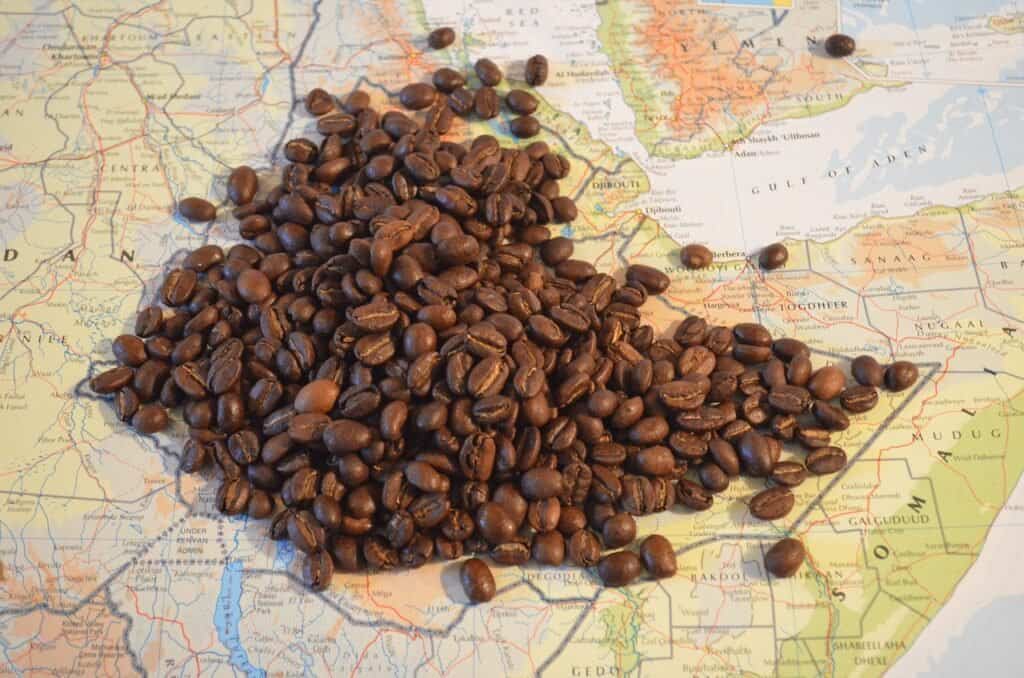
The Invention of Espresso Machines
Espresso machines have come a long way since their inception, evolving in design and functionality to meet the demands of coffee enthusiasts. Understanding the history of these machines gives us insight into how espresso became the beloved beverage it is today.
Early Espresso Machines
The journey of espresso machines began with Angelo Moriondo in 1884. His patent described a large machine that used steam pressure to brew coffee quickly, a significant departure from the slower, more labor-intensive methods previously used. Moriondo’s machine was innovative but not widely adopted, primarily used in his own establishments.

Luigi Bezzera, an Italian engineer in the early 1900s, made significant improvements to Angelo Moriondo’s espresso machine design, introducing individual servings, multiple brew heads, and the portafilter, all now standard components of modern espresso machines.
In 1903, Desiderio Pavoni purchased Bezzera’s patents and founded the “La Pavoni” company, mass-producing machines for cafes and restaurants, thus standardizing the espresso brewing process and popularizing the drink across Italy and eventually worldwide.
Over the years, espresso machines have evolved with new technologies, enhancing efficiency and flavor extraction, from manual lever machines to fully automatic ones, enriching espresso culture globally.
Luigi Bezzera: The Pioneer of Espresso
The evolution of espresso owes much to the ingenuity and vision of Luigi Bezzera. His contributions transformed the initial concept of espresso into a practical and beloved beverage enjoyed by millions worldwide.

Early Life and Background: Luigi Bezzera was an Italian engineer born in the late 19th century. Little is known about his early life, but his innovative spirit and engineering skills set the stage for his groundbreaking work in coffee technology. Bezzera’s curiosity and desire for efficiency drove him to improve upon existing coffee brewing methods.
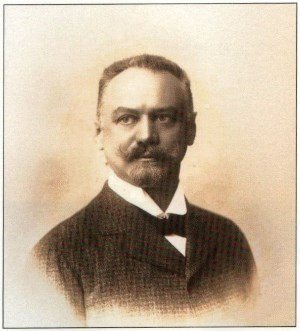
Innovations in Espresso: In the early 1900s, Bezzera recognized the potential of Angelo Moriondo’s steam-powered coffee machine. He saw an opportunity to refine the design and make it more user-friendly and efficient. Bezzera’s most significant contribution was the introduction of the single-shot espresso machine, which allowed for quick preparation of individual servings.
His improvements included:
- Multiple Brew Heads: Allowing multiple espressos to be brewed simultaneously, increasing efficiency in busy cafes.
- Portafilter Design: Simplifying the process of packing and brewing coffee, which became a standard feature in modern machines.
- Temperature Control: Enhancing the consistency and quality of the espresso shot by maintaining optimal brewing temperatures.
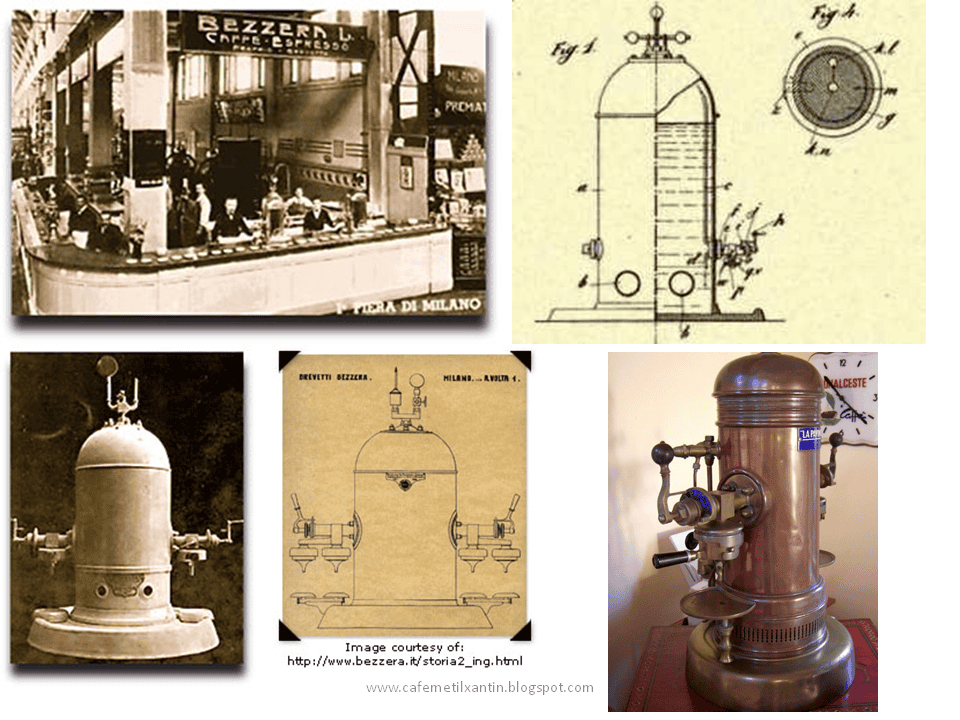
Legacy and Impact: Luigi Bezzera’s innovations laid the foundation for the espresso culture we know today. His designs were the first to make espresso accessible and practical for everyday use, moving it beyond a novelty into a staple of coffee culture. Bezzera’s work caught the attention of Desiderio Pavoni, who purchased his patents and further commercialized the espresso machine, spreading its popularity globally.
Improvements by Desiderio Pavoni
Desiderio Pavoni played a pivotal role in refining and popularizing espresso machines, building upon Luigi Bezzera’s innovative designs. His contributions were crucial in transforming espresso from a niche innovation into a global phenomenon.
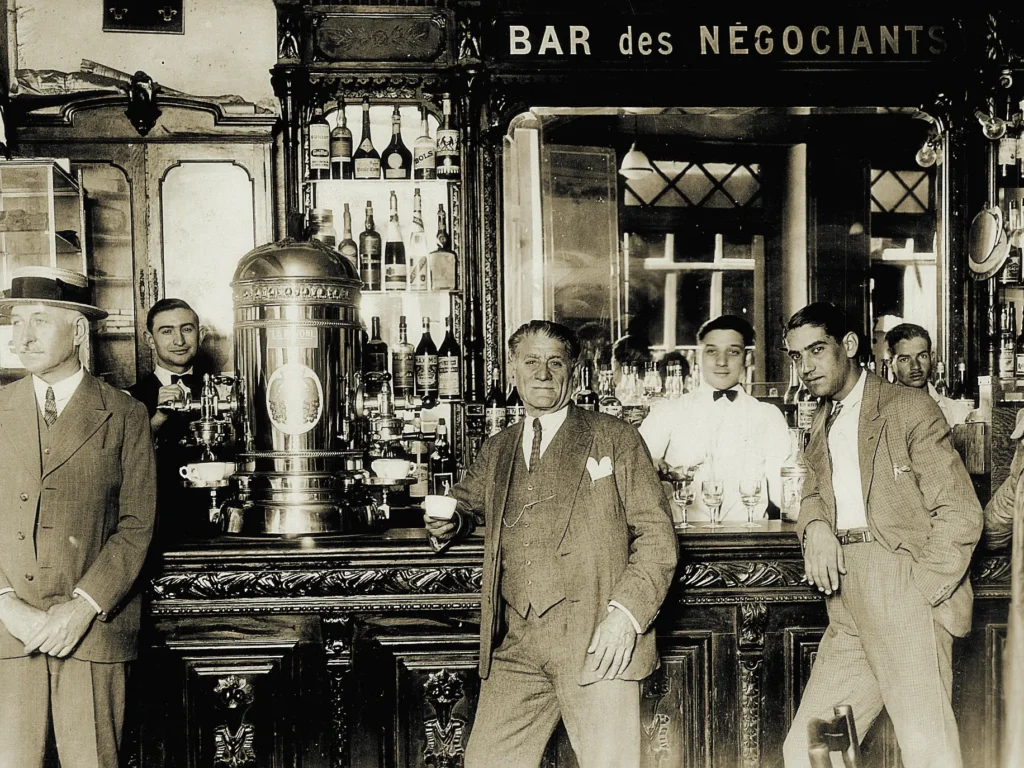
Recognizing Potential: Desiderio Pavoni, an entrepreneur with a keen eye for opportunity, recognized the potential in Bezzera’s espresso machine. In 1903, Pavoni purchased Bezzera’s patents, setting the stage for significant advancements and widespread commercial success.
Enhancements to Bezzera’s Design: Pavoni made several key improvements to Bezzera’s original machine, addressing both functionality and user experience:
- Steam Wand Introduction: Pavoni added a steam wand to the espresso machine, allowing baristas to froth milk for cappuccinos and lattes, broadening the range of coffee beverages available.
- Enhanced Pressure Control: He refined the pressure system, ensuring more consistent and reliable extraction of espresso, which improved the quality and taste.
- Commercial Viability: Pavoni’s modifications made the machines more robust and easier to use in busy commercial settings like cafes and restaurants.
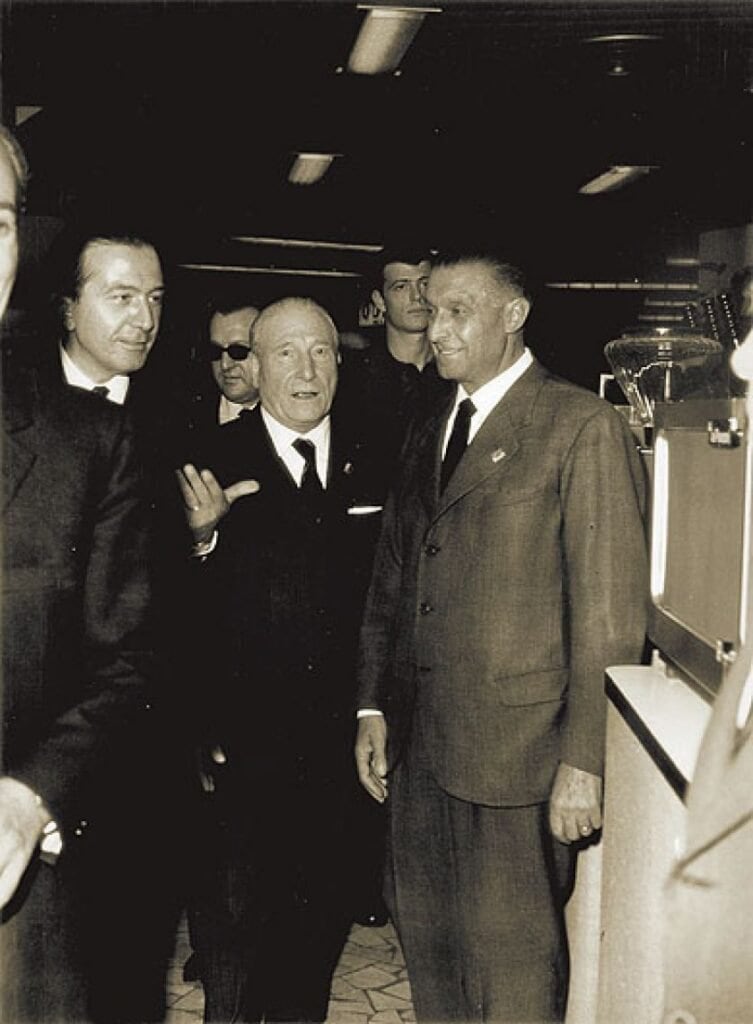
Popularizing Espresso: With these enhancements, Pavoni founded the “La Pavoni” company in Milan and began mass-producing the machines. His efforts in marketing and distribution played a crucial role in popularizing espresso across Italy and eventually beyond its borders.
The Birth of Espresso Culture: Pavoni’s machines became the standard in Italian cafes, laying the foundation for espresso culture. Coffee houses became social hubs where people gathered to enjoy expertly crafted espresso beverages. The widespread availability and reliability of Pavoni’s machines made espresso an integral part of daily life for many.

Legacy and Impact: Desiderio Pavoni’s contributions went beyond technical improvements; he helped cultivate a cultural phenomenon. His vision and business acumen ensured that espresso was not just an Italian delight but a global passion. Today, his legacy lives on in every espresso shot pulled from a modern machine.
The Spread of Espresso Culture
Espresso began its journey in Italy but quickly spread worldwide, transforming coffee culture everywhere. The efficiency and robust flavor of espresso captivated coffee lovers, leading to its widespread adoption.
As espresso culture spread globally, it reshaped coffee drinking habits around the world. To understand this impact, comparing the strength of espresso with traditional coffee through historical perspectives can offer deeper insights into its enduring popularity and distinctive profile. Italian immigrants and travelers introduced espresso to other countries, it became a staple in cafes globally, evolving into the foundation for various coffee drinks like cappuccinos and lattes.
Espresso in Italy
In Italy, espresso is more than just a beverage; it’s a cultural ritual. Italians cherish their quick, intense shots of espresso, often enjoyed standing at a bar. This tradition fosters social interaction and daily routines centered around coffee. Over time, Italian cafes became social hubs, with espresso playing a pivotal role in everyday life, from morning pick-me-ups to after-dinner rituals.
Global Influence of Espresso
Espresso’s influence on global coffee culture is profound. It introduced a new way of enjoying coffee, leading to the creation of espresso-based drinks popular worldwide. The rise of coffee chains like Starbucks brought espresso culture to the mainstream, inspiring diverse coffee traditions and preferences. Today, espresso is a symbol of quality and sophistication in the coffee world, uniting coffee enthusiasts across the globe.


Technological Advancements in Espresso Machines
Espresso machines have undergone significant technological innovations since their inception, transforming how we brew and enjoy coffee. Early machines were steam-based, but modern designs incorporate advanced features like precision temperature control, automated brewing, and digital interfaces. These innovations have enhanced efficiency, consistency, and flavor extraction, making high-quality espresso accessible to both professional baristas and home enthusiasts.

Modern Innovations
Modern espresso machines have incorporated various technological advancements to improve functionality, consistency, and user experience. Some key innovations include:
- PID Controllers: These digital temperature controllers ensure precise and stable brewing temperatures, crucial for extracting the perfect espresso shot.
- Pressure Profiling: Advanced machines now allow baristas to control the pressure throughout the extraction process, enabling greater customization and improved flavor profiles.
- Grind Consistency: Integrated grinders with adjustable settings provide consistent and precise coffee grounds, essential for high-quality espresso.
- Smart Technology: The integration of smart technology and digital interfaces has made it easier to program and control machines, offering greater convenience and consistency.
Environmental Considerations
In recent years, there has been a growing focus on sustainability and energy efficiency in espresso machine design. Innovations such as energy-saving modes, eco-friendly materials, and water-efficient systems are becoming increasingly important, reflecting a broader trend towards environmental responsibility in the coffee industry.
From Steam to Pump: The Evolution of Espresso Machines
The evolution of espresso machines from steam-based systems to modern pump-driven technologies marks a significant chapter in the history of coffee making. This transition not only improved the efficiency and quality of espresso but also revolutionized the way coffee is brewed worldwide.
Steam-Based Machines:
The earliest espresso machines, like the one invented by Angelo Moriondo in 1884, relied on steam pressure to force water through coffee grounds. These steam-driven machines were revolutionary for their time, providing a quick and efficient way to brew coffee compared to traditional methods. However, they had limitations in terms of pressure control and consistency, which affected the quality of the espresso.
- Angelo Moriondo and Luigi Bezzera: Early models relied on steam pressure to force water through coffee grounds.
- Limitations: These machines had issues with temperature and pressure control, affecting consistency and flavor.
Lever-Driven Machines:
In the early 1900s, Luigi Bezzera improved upon the original steam-based design, introducing elements like the portafilter and multiple brew heads. While these innovations enhanced usability, the machines still relied on steam pressure, which could be inconsistent and challenging to control precisely.
- Achille Gaggia (1938): Introduced the first lever-driven machine using a piston to generate higher pressure.
- Improved Consistency: This design provided more consistent results and better flavor extraction.
Pump-Driven Machines:
The real breakthrough came in 1938 with the invention of the lever-operated machine by Achille Gaggia. This design replaced steam pressure with a manual lever, allowing for greater control over the brewing pressure. By pulling the lever, baristas could generate higher and more consistent pressure, resulting in better extraction and a richer crema. This was a pivotal moment in the evolution of espresso machines, setting the stage for further advancements.
These machines, pioneered by companies like Faema, used an electric pump to generate consistent pressure, typically around 9 bars, which is ideal for brewing espresso. The most notable model, the Faema E61, became the gold standard for commercial espresso machines, offering reliability and consistent quality.
- 1960s Innovation: Development of electric pump-driven machines.
- Optimal Pressure and Temperature: Electric pumps maintained optimal brewing conditions, revolutionizing espresso making.
Advantages of Pump-Driven Systems
- Consistent Pressure: Electric pumps provide stable and consistent pressure, crucial for extracting the perfect espresso shot.
- Improved Quality: The ability to maintain ideal pressure levels results in better flavor extraction and a richer crema.
- Ease of Use: Pump-driven machines are easier to operate, making them accessible to a broader range of users, from professional baristas to home enthusiasts.
Modern Pump-Driven Machines
Today, most commercial and home espresso machines use pump-driven systems. These machines continue to evolve, incorporating advanced features like PID temperature control, pressure profiling, and smart technology integration. These innovations have made it possible to brew high-quality espresso consistently and conveniently, catering to the growing global demand for specialty coffee.
The Art and Science of Espresso Making
Perfecting an espresso shot is both an art and a science. It requires a blend of precise techniques and an understanding of the underlying scientific principles to achieve the ideal flavor, aroma, and crema.

Barista Techniques for Perfect Espresso
- Grinding: The grind size is crucial. It should be fine but not too fine, resembling powdered sugar. Consistency is key to ensure even extraction.
- Tamping: Proper tamping ensures uniform pressure on the coffee grounds, leading to even extraction. Baristas use a tamper to compress the grounds firmly.
- Dosing: Accurate measurement of coffee grounds, usually between 18-20 grams for a double shot, ensures a balanced flavor.
- Brewing Time: The ideal brewing time for espresso is between 25-30 seconds. Too short or too long can result in under-extraction or over-extraction.
- Water Temperature: Maintaining a water temperature between 195-205°F (90-96°C) is essential for optimal extraction and flavor.
The Chemistry of Espresso
- Extraction Process: During extraction, hot water forces its way through the coffee grounds, dissolving soluble compounds. This process extracts oils, caffeine, and various flavor compounds.
- Crema Formation: The high pressure of the espresso machine emulsifies coffee oils and traps gases, forming a rich, creamy layer on top called crema.
- Balancing Acids and Sugars: The extraction process balances the acids and sugars in the coffee, creating a complex flavor profile. The initial stages of extraction bring out acids, while the latter stages extract more bitter compounds.
- Solubility: Different compounds in coffee dissolve at different rates. Baristas aim to extract the most desirable flavors while minimizing bitterness, which is achieved through precise control over grind size, water temperature, and brewing time.
Understanding these techniques and the science behind espresso extraction helps baristas craft the perfect cup, delivering a rich, balanced, and flavorful espresso shot.
Disclosure: Our blog contains affiliate links to products. We may receive a commission for purchases made through these links. However, this does not impact our reviews and comparisons. We try our best to keep things fair and balanced, in order to help you make the best choice for you.


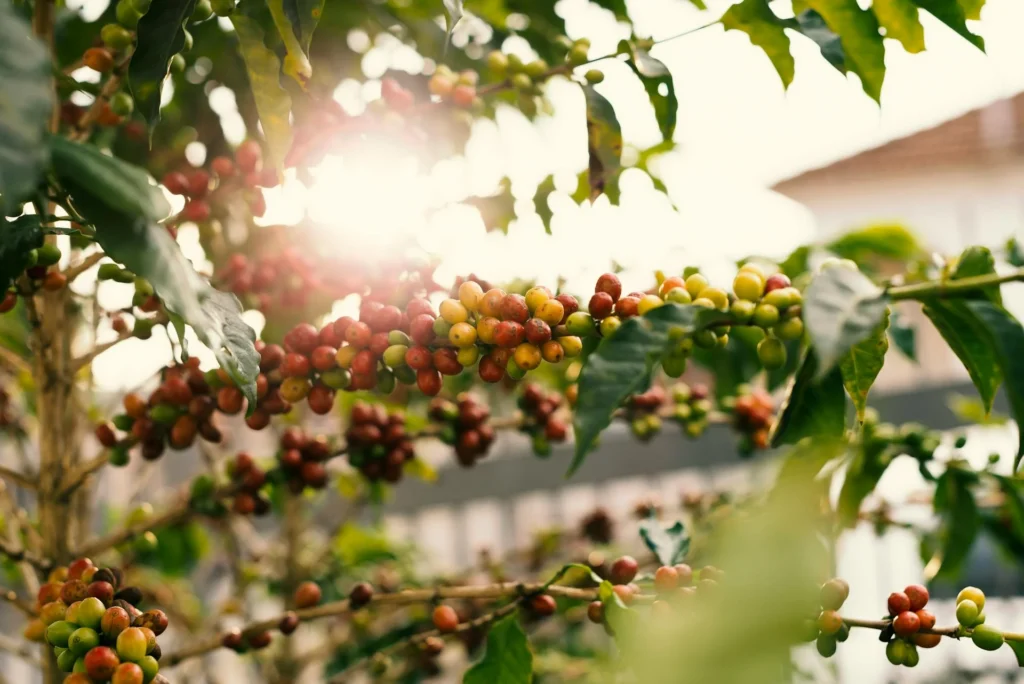
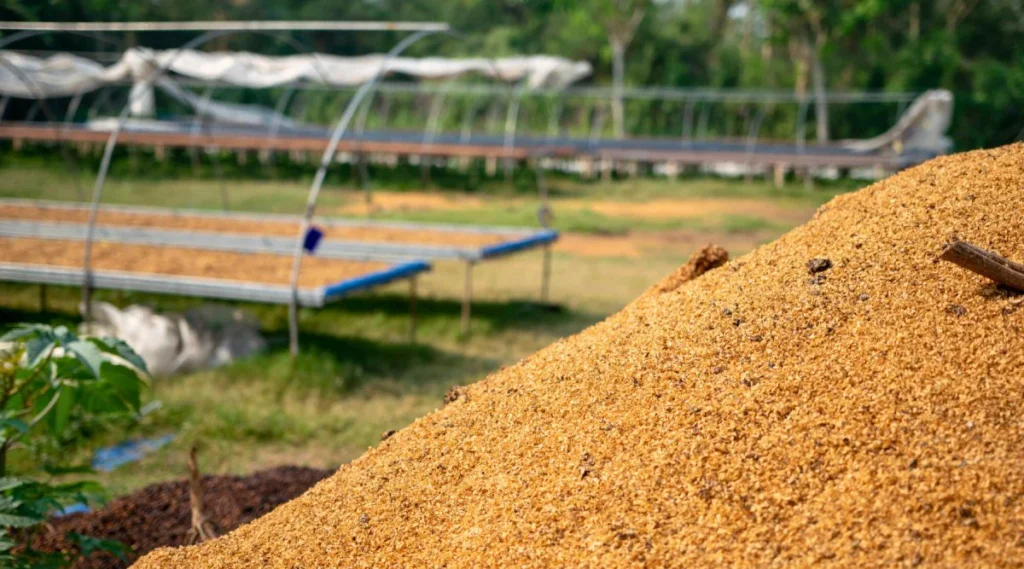


One Response